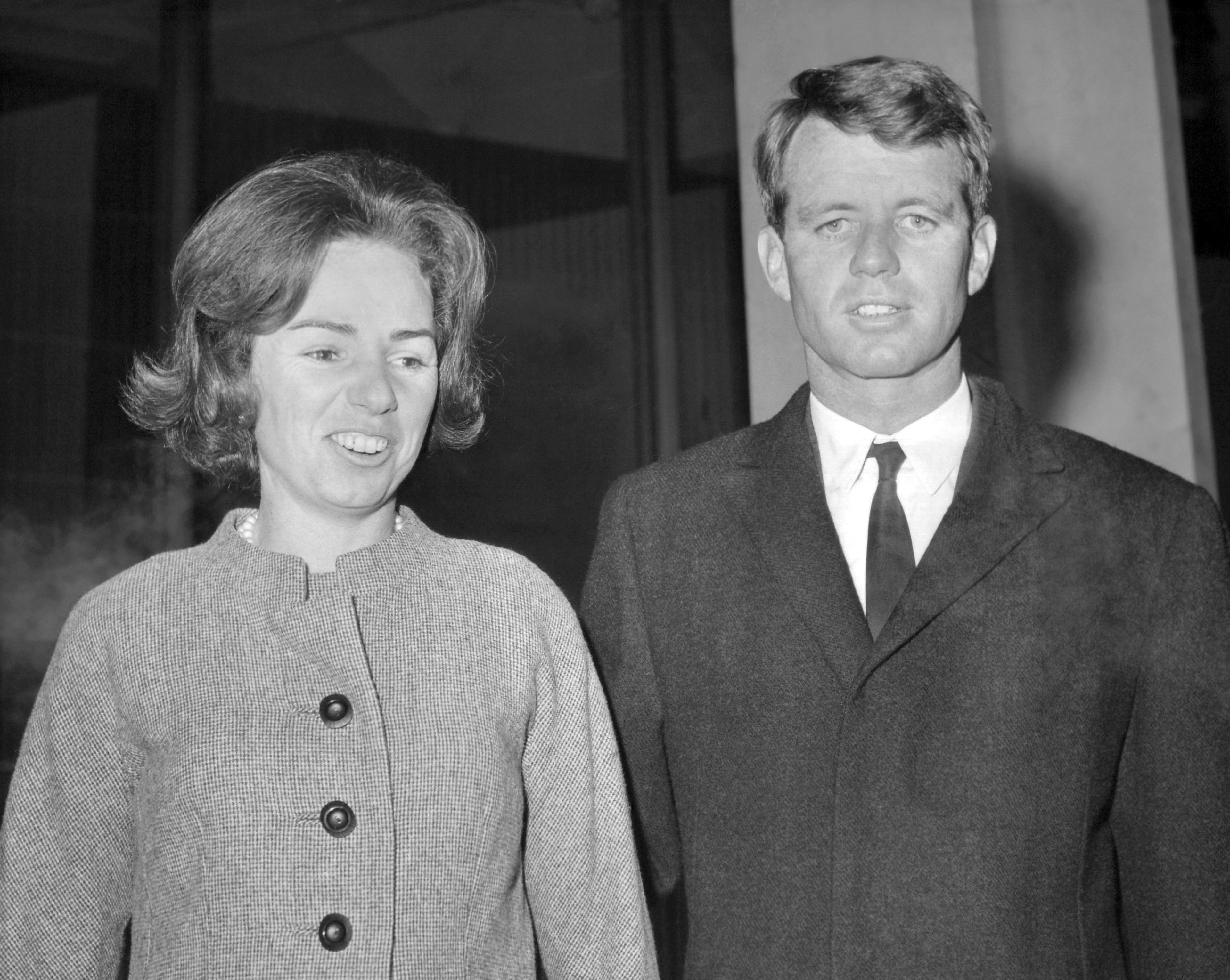WASHINGTON STATE POLITICS FORMER CRITIC RIDING HIGH IN TOP STATE POST
OLYMPIA As a colorful labor leader, quipster and advocate for state employees, Mark Brown was a relentless critic of government managers and a counterbalance to the business lobby.
Now he's changed hats and is a key state manager who has to work as closely with business as he does with labor.
He chuckles when he considers the turnabout that occurred last February when Gov. Mike Lowry appointed his old buddy and political ally to the key Cabinet post of director of the Department of Labor and Industries.
''After 20 years of pointing my finger and putting most of the blame on managers, and top managers in particular, now I are one!'' he says.
Indeed, the transformation of Mark Brown has been stunning.
The old Mark Brown was, well, incautious with his tongue, turning out some of the best acid-laced quips and quotes in state politics. As chief political operative for the Washington Federation of State Employees, AFL-CIO, and one of the state's most influential labor leaders, he pulled no punches in fighting for working stiffs.
He lit into the high and mighty, whether they sat in the governor's mansion, corporate boardroom or the inner circles of the Legislature. In the age-old game of good cop, bad cop, Brown played the role of bad cop with elan, letting the federation directors be the good guy. He picked up enemies along the way.
A political junkie and strategist par excellence, he helped get allies, usually Democrats, elected to offices at all levels. The 43-year-old former Lacey mayor, legislative staffer and union boss was a central player in battling or boosting various ballot propositions pushing the minimum wage increase and the Children's Initiative and fighting term limits, for instance. He helped elect Lowry.
Now he is, God help us, a bureaucrat. And by most accounts doing quite well. Gone, for now, are the days of being a lightning rod, the labor boss the conservatives love to hate, and the political operative who can run a campaign in his sleep.
''I've changed hats,'' he says simply. He shrugs and says he isn't looking back.
With his usual zeal and dogged determination, he has tackled the state's third largest agency, with its 2,500 employees and $2 billion budget. He has launched the first major shakeup of the department in years, with the single goal of making it more user-friendly.
In his typical blunt, disarming style, he tells a visitor about the warts and flaws of an agency he considers basically sound. L&I gets more complaints from its ''customers'' than any other agency of government, he says.
He tells about calling one of his department's toll-free lines published in The Seattle Times, to ask for a brochure on hiring a contractor.
''I called 16 times and gave up on getting through,'' he says. ''Later in the day, I tried 21 more times. When I got through, the answer was a machine. I was put on hold for 16 minutes and 33 seconds. When the guy answered, I said 'I bet there aren't a lot of happy people when they're put on hold like this.'''
Then he lowered the boom: ''I asked him the send the brochure to 'Mark Brown, fifth floor (of the headquarters building).'''
He decries the long turnaround time in replying to people with complaints about their industrial insurance claim or whatever.
''As many as six people read and answer my mail'' before a final reply is drafted, he says, shaking his head.
The agency overhaul is aimed at cutting the turnaround time; chopping the number of managers and supervisors and putting them in the field, working on speeding up claims work, and staffing the phone lines; removing some of the layers between the line staff and main decision-making supervisor; and shuffling some programs into an arrangement that makes more sense.
The agency covers 1.4 million workers for on-the-job injuries, oversees workplace safety, inspects elevators, regulates contractors of all kinds, administers the crime victims' compensation program, and handles employment standards, such as the new child labor hours and family leave program.
Brown lapses into the jargon of excellence-in-business-administration to describe his approach. He talks about ''stakeholders,'' the various interest groups and often invokes the mantra ''improving customer service, access and satisfaction.''
Teams of managers and line staffers are drafting the actual plan. A visitor can identify various teams by their matching T-shirts they wear. A blueprint was released late this week and will be put into place after comments are taken into account.
The big changes are scary to some agency workers, particularly the 100-plus managers whose positions are targeted for elimination, Brown concedes.
Brown acknowledges that some people saw his appointment as political, but insists he's left those partisan days behind and wants to, needs to, work with all sides.
So far, he seems to be walking the tightrope just fine. He gets qualified thumbs up from both his old friends in labor and from his former adversaries in business.
''Mark maintains his union membership and his connection to us ... but we're in a different mode with him now,'' says Bev Hermanson of the federation. ''He always puts the best interests of whatever organization he's working for first. I think he's working very hard to do a good job.''
Brown's a good boss, she says.
''So far, he's been a pleasant surprise,'' says Clif Finch of the Association of Washington Business. ''When Mark first took over, there was obviously a great deal of concern. But he's worked to make sure all sides are included.''
Finch says ''the jury's still out'' on the reorganization effort and whether Brown will appoint even-handed people as his deputy, director of workplace safety and as head of insurance services.
Asked to sum up his feelings about the new post, Brown says ''It's fun, it's challenging, it's daunting.''








